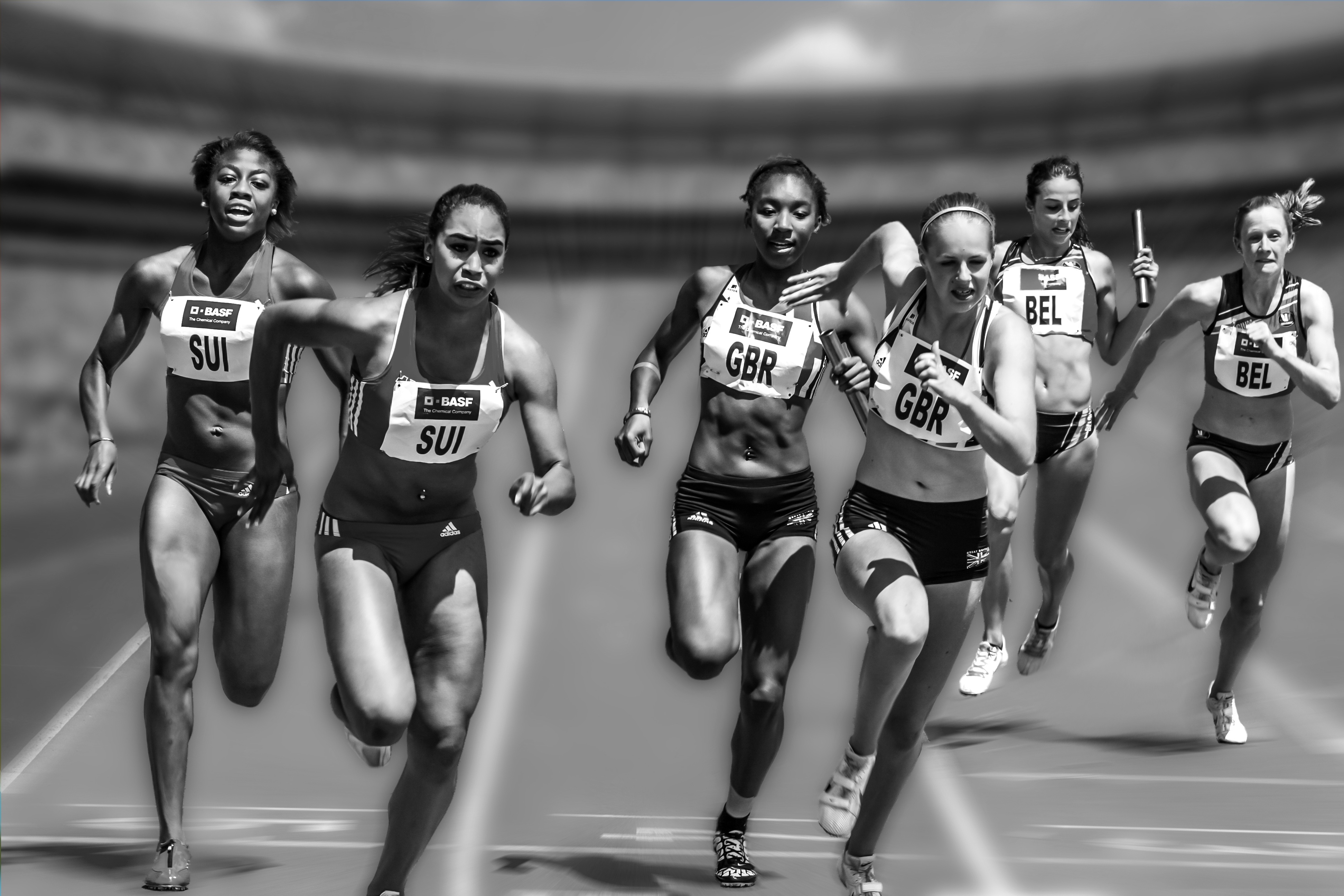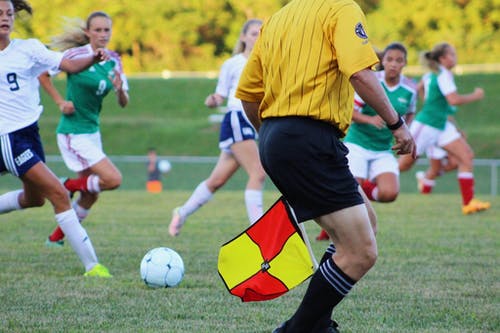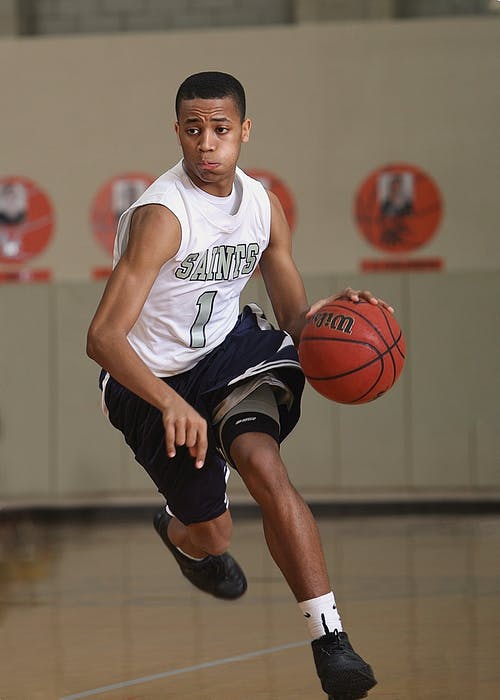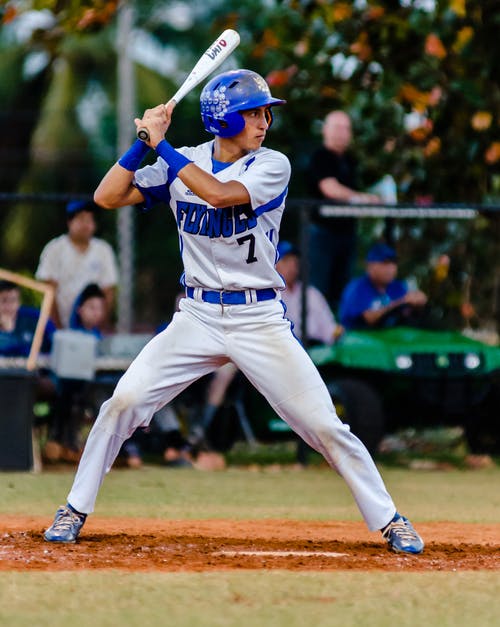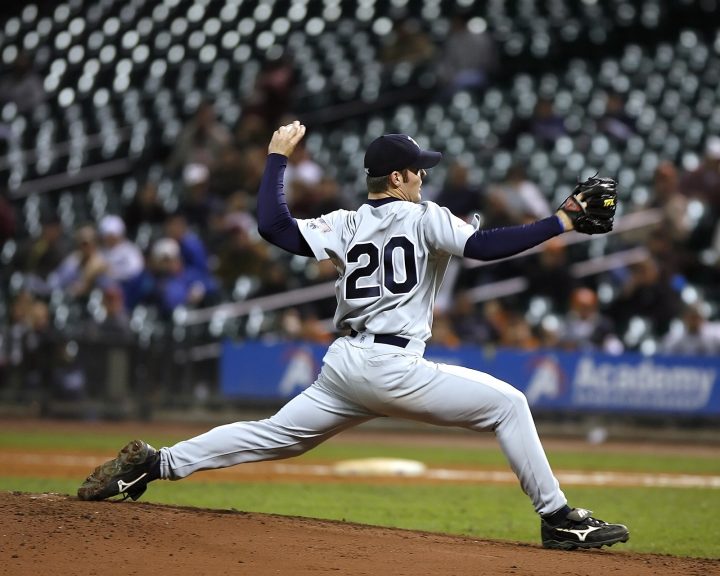Speed training can often be a controversial topic and I frequently add fuel to this fire on Twitter. Clearly it’s important for athletes to be able to run fast, but we often forget to consider that this needs to be in the context of their sport. Before I go there, let me talk about how we got here.
When the field began, running straight into the 2000’s, speed and agility were not skill sets for strength and conditioning coaches. Strength and conditioning coaches were focused on the weight room, periodization models, Olympic lifting verses powerlifting, and nutrition/supplementation. Because these weren’t skill sets for strength and conditioning coaches, many of us went to the experts to learn about how to train our athletes to run fast.
The experts were track and field coaches. Specifically sprint and hurdle coaches, since they work with the 100 meter sprinters. There was a time when strength and conditioning coaches could attend USA Track and Field’s coaching education program, which gave some of us a lot of knowledge about coaching sprinting. I even went so far as to complete the level 2 course for coaching sprinters and hurdlers as well as their instructor training course.
For a hundred meter sprinter, their race is broken down into several parts:
- Reacting to the starting gun
- Getting out of the starting blocks
- Accelerating (i.e. increasing their velocity): This may last anywhere between 60 and 80 meters into the race
- Achieving maximum velocity: This is as fast as they can run
- Slowing down the least
For a hundred meter sprinter, the initial 12-20 meters of acceleration involves a slightly different running technique than the rest of the race. The athlete is lower to the ground (they got out of starting blocks), they are pushing, and are predominantly focused on frontside mechanics. As they speed up, they become more upright and both backside and frontside mechanics become important. There’s also more of a pawing motion while they run. Towards the end of the race they are attempting to minimize the loss in velocity as the race wears on, this quality is called speed endurance.
Back in the day, many of us took this knowledge and this model and applied it to the speed training of athletes in other sports. We used the same drills to teach frontside/backside mechanics, emphasized acceleration over maximum velocity (nobody gets to run in a straight line for 60-80 meters in most sports), and thought that speed endurance equaled conditioning. And, everything that I have just described is now an entry level skill set for a strength and conditioning coach today.
Here’s the challenge, we don’t run like this in sports and this type of speed training does not factor the athlete’s sport into the training. There’s an assumption that because you coach speed training like you would coach a hundred meter sprinter then the athlete should be able to figure out how to incorporate all that with their sport’s requirements and I don’t agree that happens unless we teach it.
Let me give you several examples from different sports:
1) Soccer: In soccer athletes stand around, walk, jog, sprint, and also do all of those skills with the ball. Sprinting while kicking a ball is a totally different skill than sprinting in a straight line on a track and some of the running mechanics that we coach might actually interfere with the ability to kick the ball.
2) Basketball: With the possible exception of a fast break, there aren’t too many times where a basketball player gets to run the length of the court in a straight line. There are also many times where the basketball player is running while dribbling the basketball.
3) Baseball/softball: In both sports athletes are standing in a batting box, typically with a wide stance, when they hit the ball and have to run to first base. This is a very different starting position than a sprinter. Then the starting position for a baserunner (athletic stance, facing the pitcher, right shoulder is facing the direction of the run, requires a cross-over step and change of direction even to begin the run) is very different than a sprinter’s.
The point here is that simply copying the training program, drills, and techniques of a hundred meter sprinter is not enough for athletes in other sports. Assuming that athletes can take that information, adapt it to their sport, and figure out how to use it with the ball is also not an effective way to coach sprinting to non-track and field athletes.

